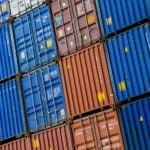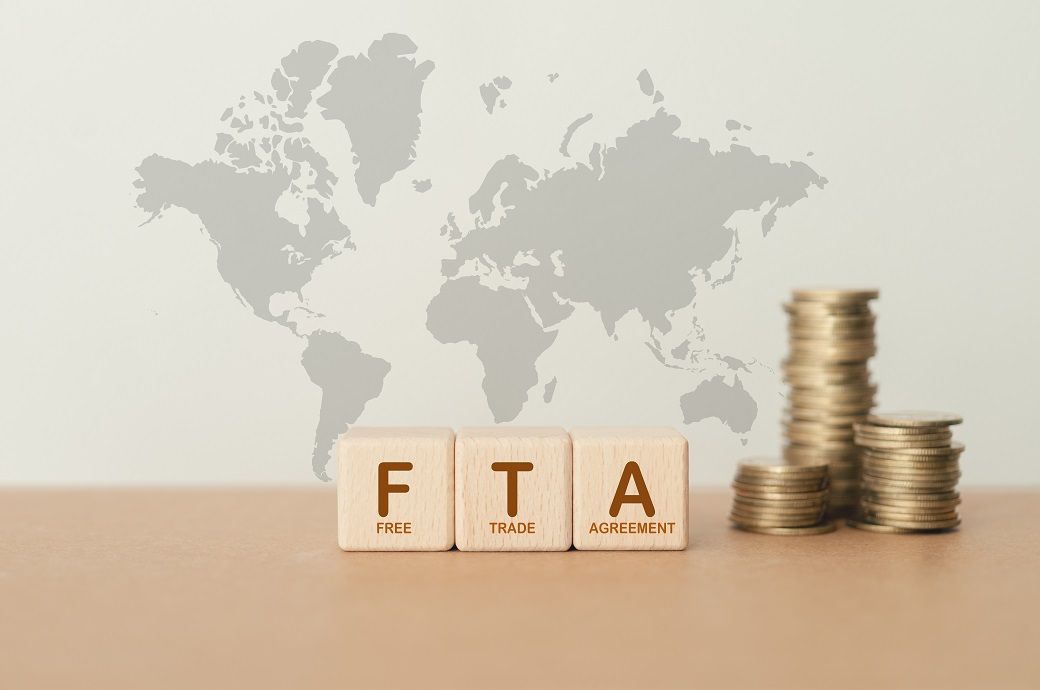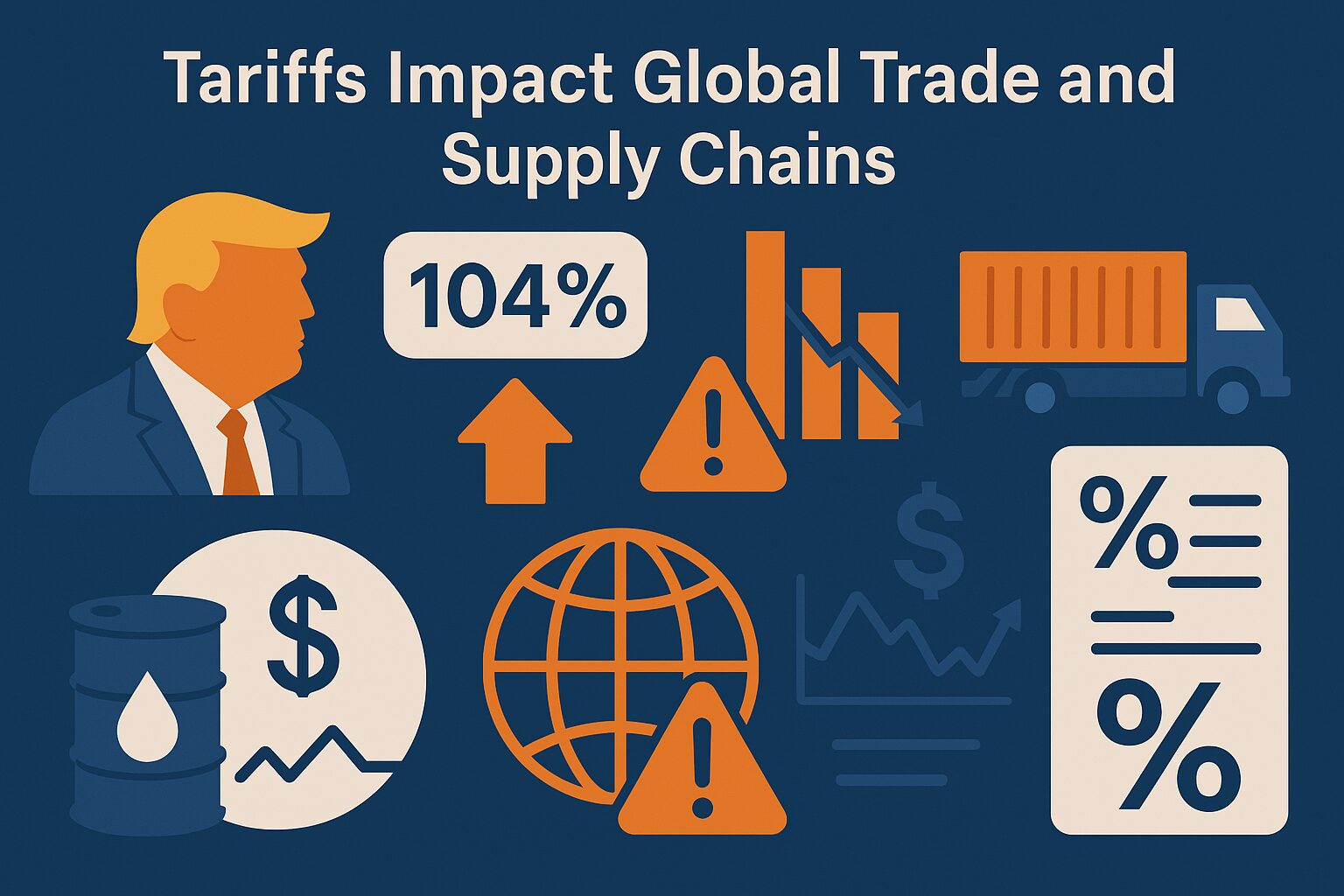Tariffs, Temu, and Shein: What Supply Chain Leaders Can Learn from the U.S. / China ECommerce Shakeup
Recent announcements by Chinese e-commerce firms Shein and Temu indicate they will increase prices for U.S. consumers following new tariffs imposed by the Trump administration. These developments highlight a broader set of considerations for senior logistics and supply chain professionals navigating the evolving trade environment. Context and Policy Changes Effective April 25, Shein and Temu […] The post Tariffs, Temu, and Shein: What Supply Chain Leaders Can Learn from the U.S. / China ECommerce Shakeup appeared first on Logistics Viewpoints.

 Recent announcements by Chinese e-commerce firms Shein and Temu indicate they will increase prices for U.S. consumers following new tariffs imposed by the Trump administration. These developments highlight a broader set of considerations for senior logistics and supply chain professionals navigating the evolving trade environment.
Recent announcements by Chinese e-commerce firms Shein and Temu indicate they will increase prices for U.S. consumers following new tariffs imposed by the Trump administration. These developments highlight a broader set of considerations for senior logistics and supply chain professionals navigating the evolving trade environment.
Context and Policy Changes
Effective April 25, Shein and Temu will adjust pricing due to increased operating costs resulting from U.S. tariff policy changes. The Trump administration has:
- Implemented tariffs of up to 145% on imports from China,
- Terminated the de minimis exemption for goods under $800 in value.
The de minimis threshold previously allowed millions of packages to enter the U.S. without duties, a regulatory framework that enabled high-volume, low-cost international retail models to scale rapidly. U.S. Customs and Border Protection reports that 1.4 billion packages were processed under this exemption in 2023, compared to 140 million in 2013.
Impacts on E-Commerce Fulfillment Models
These policy shifts directly affect e-commerce platforms with China-based supply chains. The removal of the de minimis exemption introduces new customs compliance obligations and cost structures. In parallel, the new tariff schedule introduces additional financial and operational complexity for cross-border logistics.
Shein and Temu have communicated that they are adjusting prices and fulfillment planning in response. Both companies have also reduced advertising expenditures in the U.S., signaling potential demand moderation and a shift in their market strategies.
Strategic Considerations for Supply Chain Leaders
Regulatory Exposure
Companies with cross-border supply chains should reassess their exposure to regulatory changes and duty regimes. The Shein and Temu case illustrates how rapidly changing trade policy can affect cost models and delivery timelines.
Recommendation: Conduct a sensitivity analysis across key markets to evaluate tariff and duty risks.
Geopolitical Risk Management
Shein and Temu’s U.S. app rankings have declined in recent weeks, and both companies have curtailed marketing investment. This illustrates the potential for regulatory policy to influence consumer access and platform competitiveness.
Recommendation: Build geopolitical risk considerations into strategic sourcing and fulfillment planning frameworks.
Integrated Operations Planning
The downstream impact of increased tariffs can influence demand forecasting, promotional activity, and warehousing needs. Logistics, finance, and marketing functions should coordinate closely in dynamic trade environments.
Recommendation: Establish cross-functional planning protocols that align marketing activity with operational capacity and trade compliance.
Alternative Fulfillment Models
Organizations should evaluate alternatives to direct China-to-U.S. fulfillment, such as regional distribution centers in Mexico, Canada, or the EU, to mitigate tariff exposure and customs complexity.
Recommendation: Explore regionalized inventory strategies and bonded warehouse options to improve resilience.
Conclusion
The changes in U.S. tariff policy and their impact on firms like Shein and Temu offer a relevant example of how political and regulatory decisions can affect global supply chains. For logistics and supply chain leaders, the priority is to maintain operational flexibility and ensure compliance while assessing the long-term viability of current fulfillment structures.
The post Tariffs, Temu, and Shein: What Supply Chain Leaders Can Learn from the U.S. / China ECommerce Shakeup appeared first on Logistics Viewpoints.
































































































































































.jpg)
.jpg)
.jpg)








